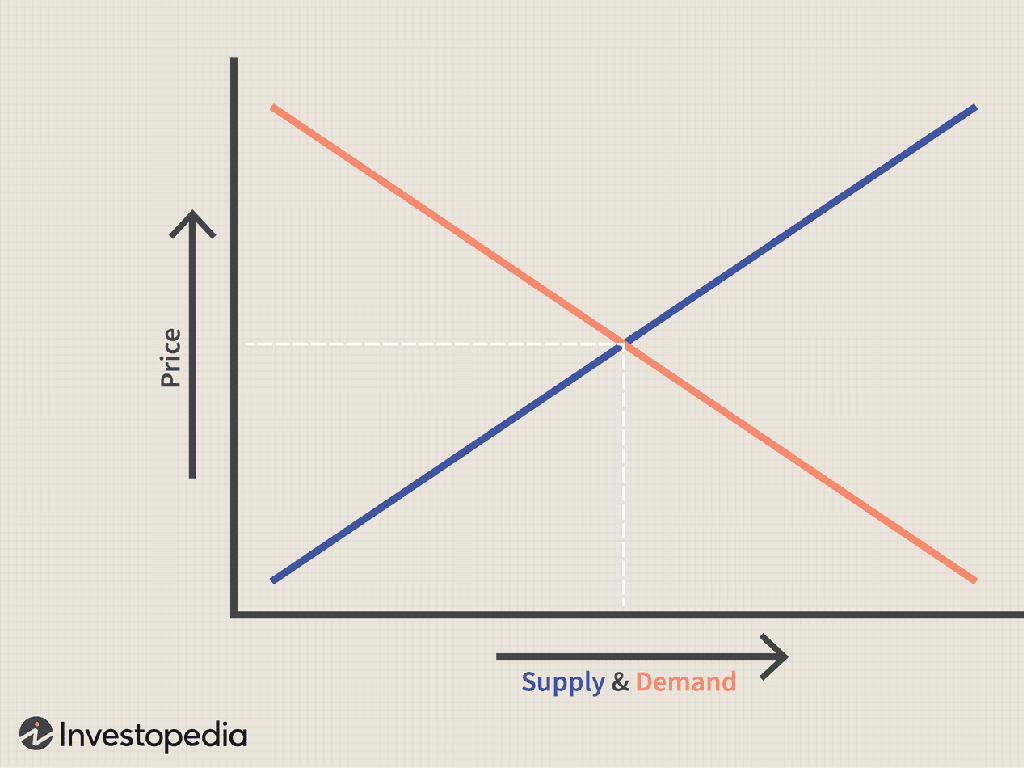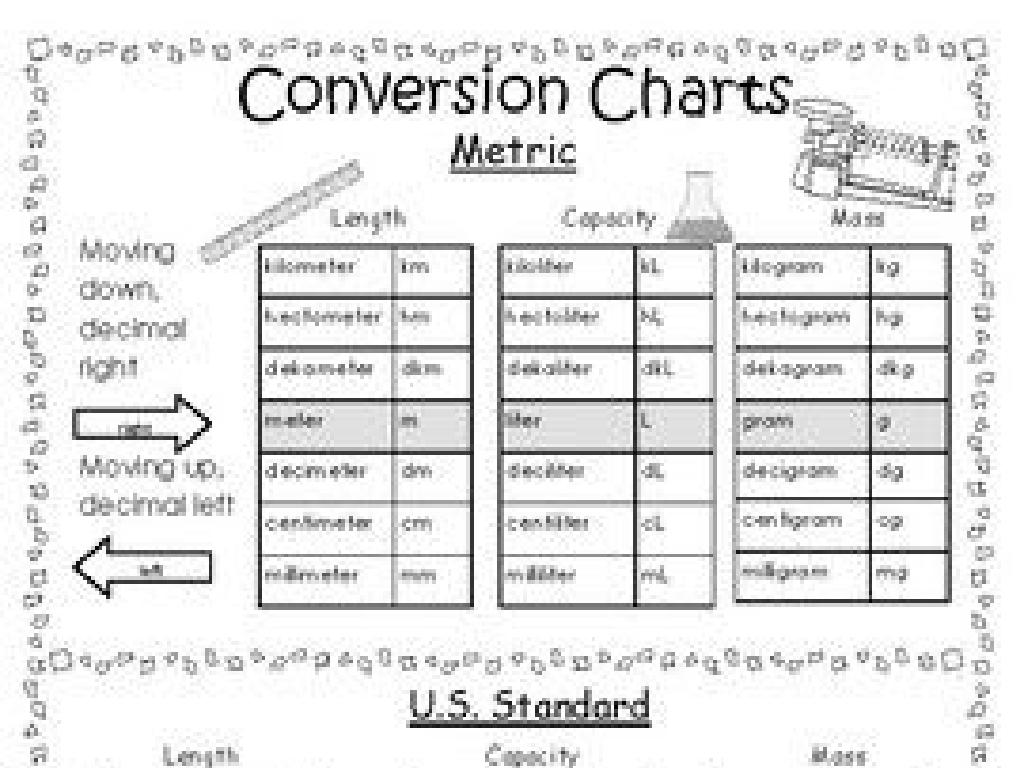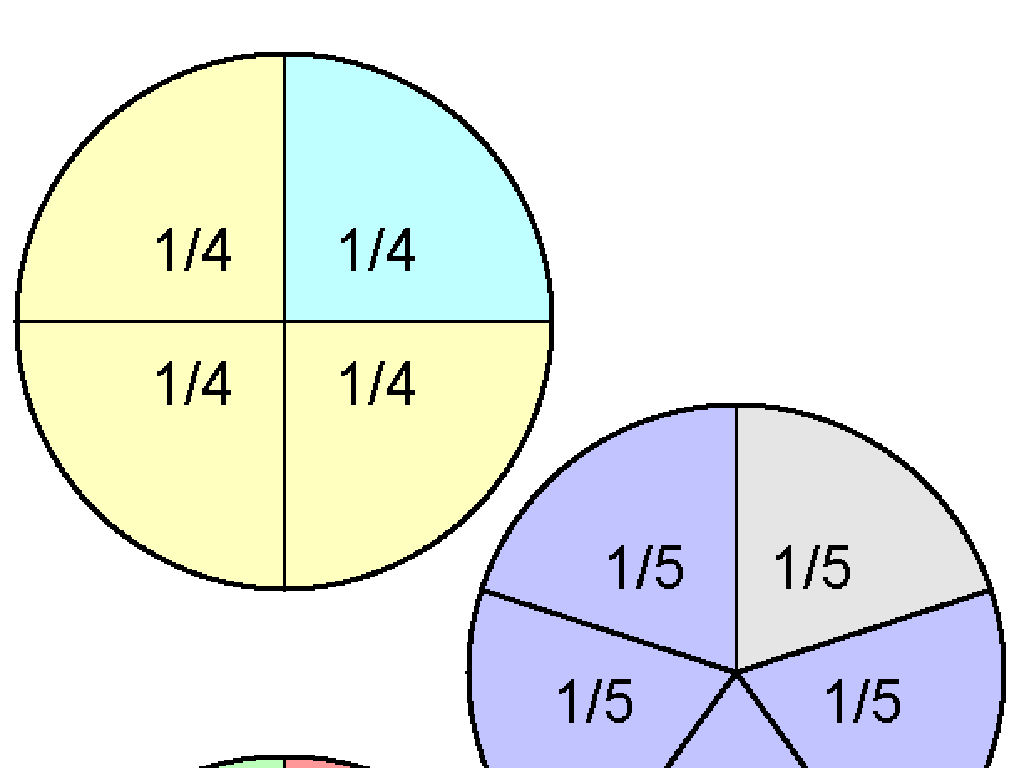Multiply Mixed Numbers By Whole Numbers
Subject: Math
Grade: Fourth grade
Topic: Multiply Fractions And Whole Numbers
Please LOG IN to download the presentation. Access is available to registered users only.
View More Content
Today’s Math Adventure: Multiplying Mixed Numbers!
– What are mixed numbers?
– A whole number and a fraction combined, like 2 1/2
– Multiplication as repeated addition
– Example: 4 x 3 is like adding 4 three times: 4 + 4 + 4
– Convert mixed numbers to improper fractions
– Change 2 1/2 to 5/2 before multiplying
– Multiply the improper fraction by the whole number
– If we have 5/2 x 4, we multiply 5/2 four times
|
Begin the lesson by explaining what mixed numbers are, ensuring that students can identify and understand the concept of having a whole number and a fraction combined. Review the concept of multiplication, framing it as repeated addition, which they are familiar with. Teach them how to convert mixed numbers into improper fractions, a necessary step before multiplication. Finally, demonstrate how to multiply the improper fraction by the whole number, using examples and visual aids. Encourage students to work through problems step-by-step and to check their work by converting their answers back into mixed numbers.
Understanding Mixed Numbers
– Define a mixed number
– A number with a whole part and a fraction part, like 2 1/2
– See mixed number examples
– Examples: 3 3/4 (pizza slices), 5 1/2 (hours of play)
– Convert to improper fractions
– Multiply the whole number by the denominator, add the numerator
– Practice with examples
– Let’s try converting 2 1/2 and 4 1/3 together!
|
This slide introduces students to mixed numbers, which are essential in understanding fractions in real-world contexts. Start by defining mixed numbers, using visual aids if possible, to show the whole and fractional parts. Provide relatable examples such as slices of pizza or hours spent playing to illustrate mixed numbers. Teach the conversion process to improper fractions step by step, emphasizing the multiplication of the whole number by the denominator and then adding the numerator. Include practice examples for the class to work through together, ensuring they grasp the concept before moving on to multiplication with whole numbers.
Multiplication as Repeated Addition
– Multiplication links to addition
– Think of multiplication as adding a number to itself repeatedly.
– Example with whole numbers
– 3 x 4 is the same as 4 + 4 + 4.
– Apply to mixed numbers
– Mixed numbers can also be multiplied by whole numbers this way.
– Practice with class activity
|
This slide introduces the concept of multiplication as repeated addition, which is a foundational idea for understanding how to multiply mixed numbers by whole numbers. Start by explaining that when we multiply, we are essentially adding the same number several times. Use simple whole number examples to illustrate this point, such as 3 x 4 being the same as adding 4 three times. Then, transition to applying this concept to mixed numbers, explaining that the whole number part of the mixed number can be added repeatedly. For the class activity, have students practice this method by multiplying mixed numbers by whole numbers, ensuring they understand the process before moving on to more complex multiplication problems.
Multiplying Whole Numbers by Fractions
– Review: Multiplication concept
– Visualize a fraction of a whole
– Picture a pizza cut into equal parts
– Steps to multiply fractions by whole
– Convert to improper fraction, then multiply
– Practice with examples
– 2 x 3/4: Think of it as 2 groups of 3/4
|
Begin with a quick review of how multiplication is repeated addition. Use visual aids like a pie or pizza to help students visualize fractions of a whole, which can make the abstract concept of fractions more concrete. Explain the steps to multiply a whole number by a fraction: convert the mixed number to an improper fraction, then multiply it by the whole number. Work through examples together, such as multiplying 2 by 3/4, by visualizing two groups of three-quarters of a pizza. This will help students understand the process and see how the multiplication of whole numbers and fractions applies to real-life situations.
Multiplying Mixed Numbers by Whole Numbers
– Convert to improper fractions
– Change a mixed number like 2 1/3 to an improper fraction like 7/3
– Multiply by the whole number
– Multiply the improper fraction (7/3) by a whole number (e.g., 4)
– Convert back to mixed number
– If the result is improper, like 28/3, change it back to a mixed number (9 1/3)
– Practice with examples
– Use examples like 2 1/3 x 4 to solidify understanding
|
Begin by explaining the concept of mixed numbers and improper fractions. Demonstrate how to convert a mixed number to an improper fraction by multiplying the denominator by the whole number and adding the numerator. Next, show how to multiply the resulting improper fraction by a whole number. Emphasize the importance of multiplying the numerator only. If the result is an improper fraction, teach students how to convert it back to a mixed number by dividing the numerator by the denominator. Provide several examples for practice, and encourage students to work through the steps independently. This will help them grasp the concept of multiplication involving mixed numbers and whole numbers.
Let’s Practice Multiplying Mixed Numbers!
– Example 1: 2 1/3 x 4
– Convert to improper fraction: 7/3 x 4
– Example 2: 5 2/5 x 3
– Convert to improper fraction: 27/5 x 3
– Step-by-step class walkthrough
– Discuss answers and methods
|
This slide is designed for a collaborative class activity to practice multiplying mixed numbers by whole numbers. Start with Example 1 by converting the mixed number 2 1/3 into an improper fraction (7/3) and then multiply by 4. Work through the problem step by step with the class, ensuring to multiply the numerators and then the denominators. Follow the same process for Example 2, converting 5 2/5 into an improper fraction (27/5) and multiplying by 3. Encourage students to participate in solving the problems and to discuss their methods and answers. This activity will help solidify their understanding of the concept through practice and peer learning. Provide additional examples if time allows and ensure to answer any questions the students may have.
Your Turn to Try: Multiplying Mixed Numbers
– Class activity: Multiply mixed numbers
– Solve problems individually or in groups
– Write down each step of your solutions
– Show conversion to improper fraction, multiplication, and simplification
– Get ready to present your answers
|
This slide introduces a hands-on class activity where students will practice multiplying mixed numbers by whole numbers. Provide a set of problems for the students to solve, encouraging them to work through the steps methodically. They can work on these problems either individually or in small groups to foster collaboration. Remind them to write down each step, from converting mixed numbers to improper fractions, performing the multiplication, and then simplifying the results if necessary. After completing the problems, students should be prepared to share their solutions with the class, explaining the process they followed. This will help reinforce their understanding and allow for peer learning. For the teacher: Have a variety of problems ready, some with like denominators and some with unlike denominators, to challenge different skill levels. Be prepared to guide students who may struggle with the conversion or multiplication steps.
Review and Reflect: Multiplying Mixed Numbers
– Recap of today’s lesson
We learned to multiply mixed numbers by whole numbers.
– Importance of this skill
This helps in real-life situations like cooking or dividing items.
– Share your easy moments
Which part of today’s lesson did you find straightforward?
– Discuss your challenges
Let’s talk about any parts of the lesson that were tough.
|
This slide aims to consolidate the day’s learning by encouraging students to reflect on their understanding of multiplying mixed numbers by whole numbers. Start by asking students to summarize what they’ve learned to reinforce their knowledge. Discuss the practical applications of this skill in everyday life, such as in cooking or sharing things equally, to highlight its importance. Encourage students to share which parts of the lesson they found easy, to boost their confidence, and to openly discuss any challenges they faced, to provide additional support where needed. This reflection helps students to internalize the concept and gives the teacher insight into areas that may require further review.
Class Activity: Multiplying Mixed Numbers
– Create your own multiplication problems
– Exchange problems with a classmate
– Solve your classmate’s problems
– Discuss all solutions as a class
|
This interactive class activity is designed to engage students in creating their own math problems involving the multiplication of mixed numbers by whole numbers. Students will apply their understanding of the concept by crafting and solving problems, which will also enhance their problem-solving skills. After creating their problems, they will exchange with a classmate to solve each other’s problems, promoting collaboration. Finally, discussing the solutions as a class will allow for peer learning and ensure that any misconceptions are addressed. As a teacher, prepare to facilitate the discussion, clarify any doubts, and provide feedback on their problem-creation and solving skills. Possible activities could include creating word problems based on real-life scenarios, using visual aids like fraction circles, or incorporating a game where students earn points for correct solutions.





